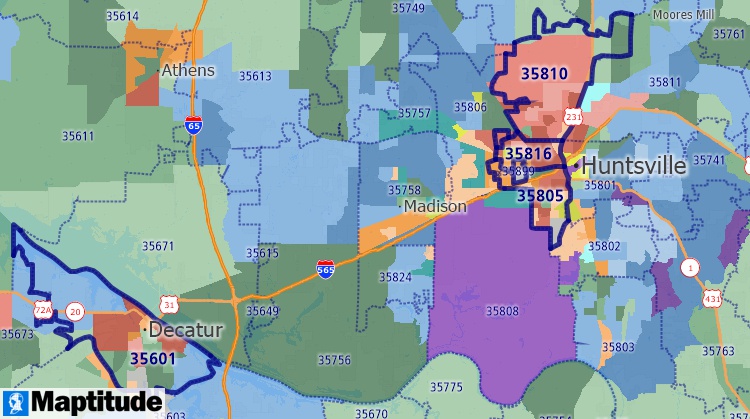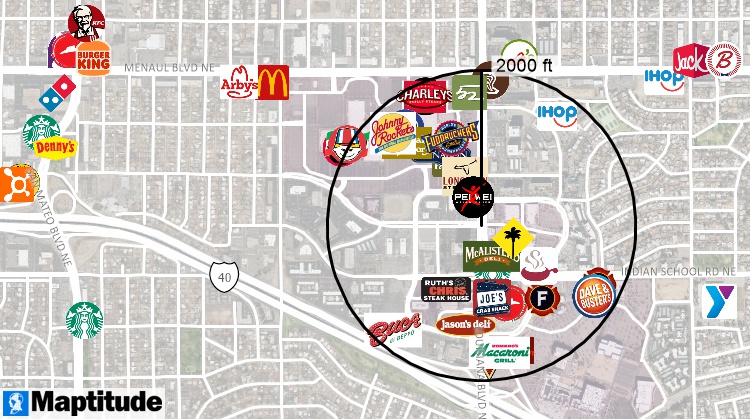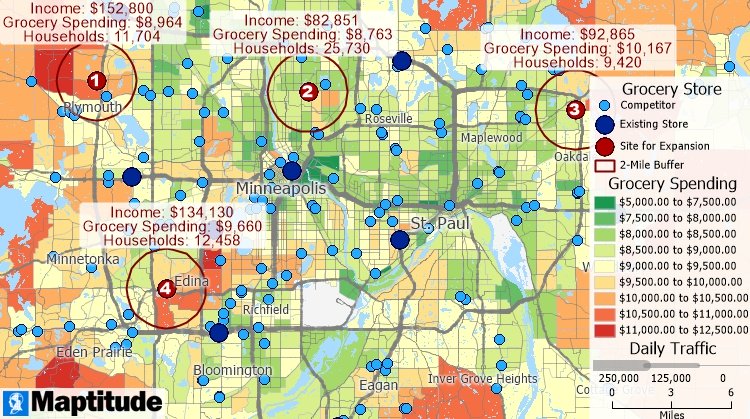Market research is the process of gathering and analyzing information about a specific market to understand its characteristics, trends, and consumer preferences. It involves collecting data on factors such as customer demographics, buying behavior, and market competition. This information helps businesses make informed decisions about their products, marketing strategies, and target audience. Market research can be conducted through various methods, including surveys, interviews, focus groups, and data analysis.
Geographic Information Systems (GIS) play a crucial role in marketing, offering tangible benefits for businesses. The University of Southern California Spatial Sciences Institute discusses how GIS contributes to marketing success:


|
“This system was awesome. I used to use it at a print and mail shop I worked at. We would upload mail lists and select data from the map to target areas for advertising. We also integrated it with custom inhouse software. It was really easy to use as well. If you can use Excel or Word, then you can use this. Just awesome!”
|


GIS enhances marketing precision by incorporating spatial data, enabling businesses to engage with customers effectively and strategically. As organizations increasingly adopt spatial thinking, GIS professionals and spatial analytics will continue to shape customer interactions and create competitive advantages.
Accurate and actionable insights from spatial data are essential for successful marketing campaigns, and GIS plays a crucial role in achieving this.

Home | Products | Contact | Secure Store